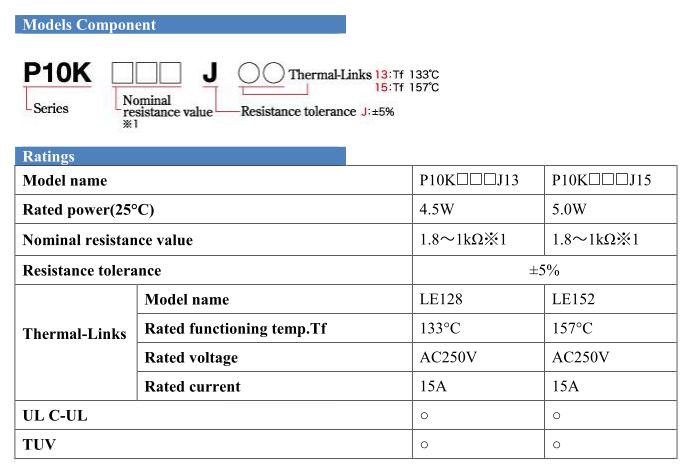mikedufty
Active member
I'll give you a call. I did ask about keeping the old charger and they said I couldn't but I might try again once it is fixed.

"Root cause of the drive unit inverter failures discovered and fixed.
NOT caused by overcurrent through the igbts but rather the combination of using 8.8kHz switching frequency through a very low inductance stator and the sudden release of the main contactor on an overcurrent detection. The small drive unit inverter works perfectly at 17.6khz switching frequency and setting tripmode to prechon ensures the pre charge resistor can provide a path back to the battery during release of the main contactor. This was tested to the Nth degree on my recent trip to Romania"
Phximiev said:Great job! Now is that the same board that controls the charging rate? And if so, how can the charging rate be increased?
:idea:
No. The relay merely shorts the pre-charge resistors, so that full power is available for charging. Certainly, it's best to stop charging by the switch on the J1772 connector. My theory is that the problem is due to some abnormal stopping of charging, and we don't know the reason(s) for this(these) as yet.pbui19 said:am I understanding this correctly that these cap and resistor are there to protect the relay contact, mainly upon disconnect ?


Not all J1772 plugs have switches fitted to the trigger, it's an optional part of the spec. My Rolec charger charger for example does not have a switch on the trigger, and I don't think the OEM granny charger does either.coulomb said:No. The relay merely shorts the pre-charge resistors, so that full power is available for charging. Certainly, it's best to stop charging by the switch on the J1772 connector. My theory is that the problem is due to some abnormal stopping of charging, and we don't know the reason(s) for this(these) as yet.pbui19 said:am I understanding this correctly that these cap and resistor are there to protect the relay contact, mainly upon disconnect ?
Interesting, as in North America I've never seen a J1772 plug without a disconnect switch. Checking out Wikipedia, the schematic shows a switch in the handle. https://en.wikipedia.org/wiki/SAE_J1772 Perhaps an older version of J1772 allowed that?DBMandrake said:Not all J1772 plugs have switches fitted to the trigger, it's an optional part of the spec...
They all have the trigger as it is also part of the mechanical latch that holds the plug in.skylogger said:DBMandrake:
On all the 2010 IMIEVs here in Australia with the original charger cord (no EVSE), The connector "Guns" have the trigger that connects the proximity pin to ground when the trigger is released. All of the EVSE and charging stations I've come across here in Australia also have the Trigger/latch. I once came across trying to use a LEAF EVSE on my IMIEV, and thought I had a faulty EVSE, but when I jiggled the gun it started working. I found the trigger assembly had a latch across the top of the connector that was a tiny bit wide and did not smoothly easily drop into the grove on the car connector. This was keeping the trigger from fully releasing and making the ground connection to the proximity pin. I filed down the plastic on the latch and coud then use the EVSE without issue.
That's neutral cure, as in neutral pH. The kind that cures with acetic acid is of course acidic, which in addition to the corrosion etc is conductive, at least while curing (which could take days to complete if it's a thick application, which this is). You don't want it conductingskylogger said:Coulomb has suggested using a natural cure silicone sealant "silastic".
All of my EVSEs stop charging when the trigger is pressed, including my EVSEupgraded OEM cord. I had to pay attention to this detail when picking out a lock for the cord. Most locks I tried didn't fit snugly enough and would allow someone to stop the car from charging by pushing the trigger.DBMandrake said:But try pressing the trigger while the car is charging to see if it stops the charging - with my Rolec charger it definitely continues to charge while the trigger is pressed and does not stop until the plug is physically removed.
I'd have to test it again to be 100% sure, but I think my OEM Yazaki charger that came with the car is the same.
You're right. I checked a bit more closely and squeezing the trigger does indeed stop the car charging.PV1 said:All of my EVSEs stop charging when the trigger is pressed, including my EVSEupgraded OEM cord. I had to pay attention to this detail when picking out a lock for the cord. Most locks I tried didn't fit snugly enough and would allow someone to stop the car from charging by pushing the trigger.DBMandrake said:But try pressing the trigger while the car is charging to see if it stops the charging - with my Rolec charger it definitely continues to charge while the trigger is pressed and does not stop until the plug is physically removed.
I'd have to test it again to be 100% sure, but I think my OEM Yazaki charger that came with the car is the same.
Yes. The car stops drawing power, but the EVSE contactor remains engaged and humming away, and the charge gauge remains lit on the dashboard.PV1 said:That's where the difference is then. My Eaton EVSE drops the contactor out when the button is pressed. Either way, current flow stops, which is the important part.